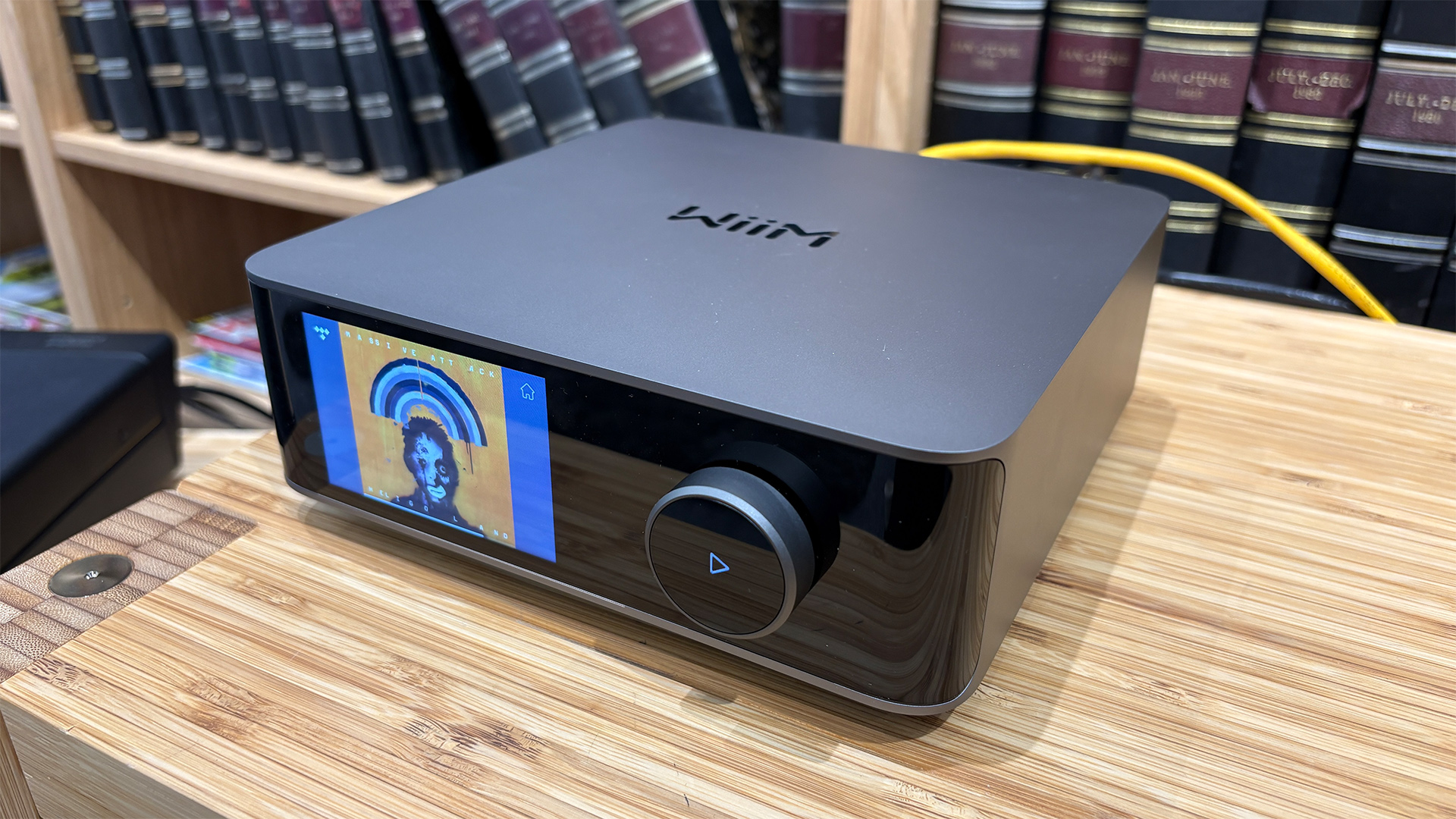What Hi-Fi? Verdict
The ES14N speakers set the performance standards at this level – welcome back Epos
Pros
- +
Startling clarity and composure
- +
Authoritative, punchy and balanced presentation
- +
Impressive stereo imaging
- +
Pleasing build and finish
Cons
- -
Bolts supplied with dedicated stands are of poor quality
Why you can trust What Hi-Fi?
The Epos brand was originally founded in the early Eighties. It was a bit of an engineering maverick, refusing to follow many of the speaker design conventions of the day. In those early years, the range consisted of just two standmounters: the mid-priced ES14 and its smaller, cheaper brother the ES11.
Both models delivered exceptional sound quality thanks to a raft of clever engineering solutions. These included ultra-simple crossover networks (that used just one capacitor), highly developed mid/bass drivers designed to roll-off smoothly at the top of their operating range, and cleverly constructed cabinets.
Over time, Epos went through a number of ownership changes, and both models were eventually superseded by newer, more conventional designs that never quite hit the same heights. Eventually, the brand faded from view. That could be about to change given Epos is now owned by Karl-Heinz Fink – winner of our Outstanding Contribution Award in 2022 and audio consultant to many of the biggest speaker names in the industry, including the likes of Naim, Tannoy, Wharfedale and Mission.
Build quality & design
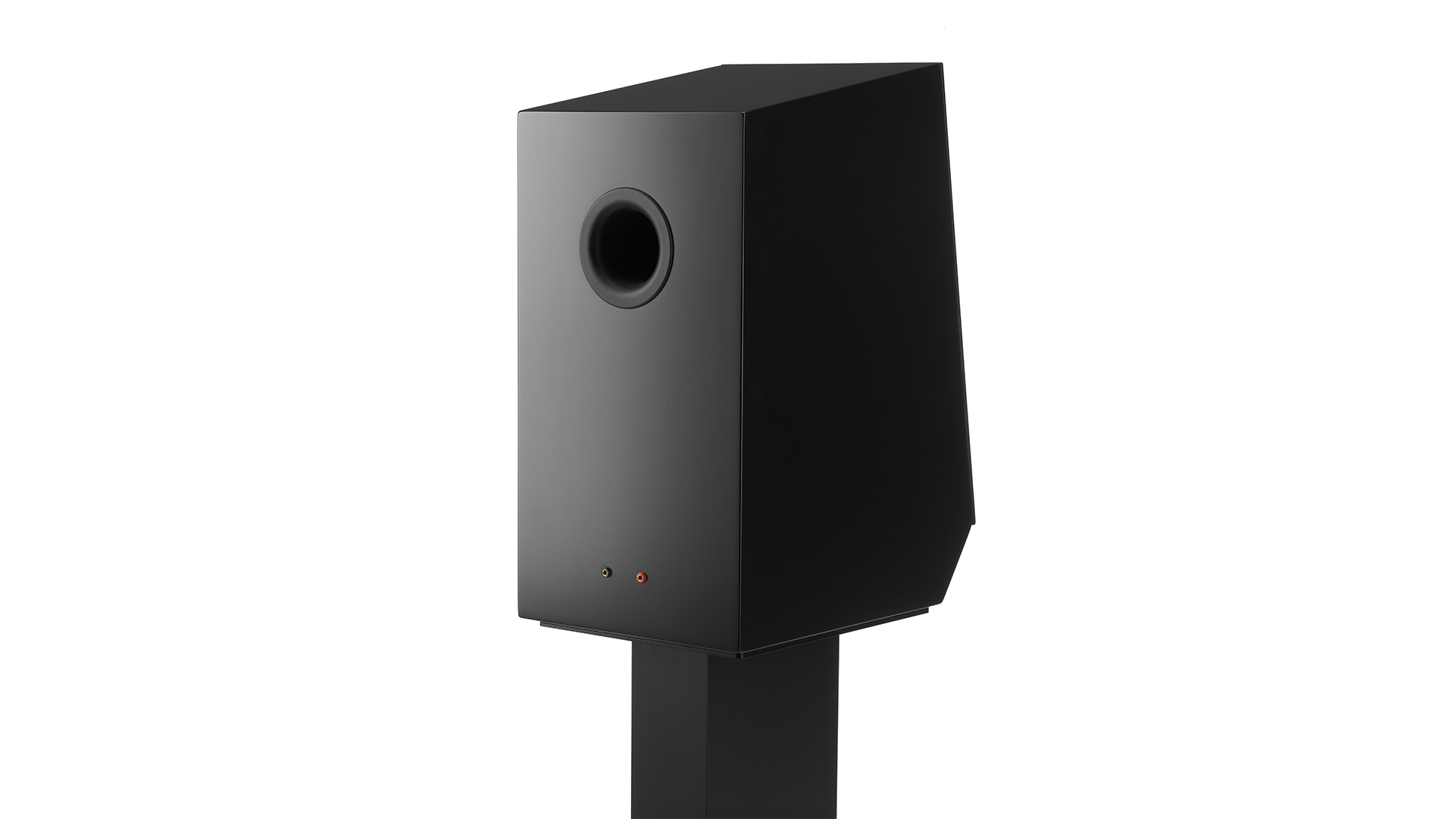
The ES14N is a largish two-way standmounter, just like the original. The two generations have other things in common, in that both have metal dome tweeters, polypropylene mid/bass cones and are rear-ported. But Fink wasn’t interested in just bringing back a rehashed version of the original. He felt that it would be a waste to ignore the progress made in speaker design over the last four decades or so. The result is that in all aspects of engineering, the ES14N are as modern as any rival.
Both driver units are fresh designs made specifically for this speaker. The 18cm size of the injection-moulded polypropylene mid/bass unit still echoes that of the original, because it was felt that this size gives a good balance between bass extension and midrange ability compared to the more conventional 20cm and 16.5cm choices that most rivals use.

Type Two way, rear-ported standmounter
Tweeter 28mm ceramic-coated aluminium dome
Mid/bass 18cm mica-loaded polypropylene cone
Sensitivity 87dB/W/m
Nominal Impedance 6 ohms (4.3 ohms minimum)
Dimensions (hwd) 49 x 25 x 38.5cm
As a cone material, polypropylene has fallen out of fashion in recent years. But, Epos found that with careful shaping and varying thickness in specific areas, the results could still be good, particularly when partnered with a low damping rubber surround. Adding mica into the polypropylene mix increases stiffness and makes things even better, giving the drive unit the desired combination of midrange expression, dynamics and bass punch.
The original ES14 mid/bass never had a dust cap and neither has this new one. It has a solid metal phase plug instead, which is claimed to help off-axis performance and the way the unit behaves at the top of its operating frequency range. Its 36mm copper voice coil is double-wound on a TIL (a glass fibre/epoxy mix) former, and great care has been taken with the hybrid ferrite/neodymium motor system to ensure linear low distortion and minimal inductance variation over the cone’s travel. The latter was an issue in the original design.
The latest hi-fi, home cinema and tech news, reviews, buying advice and deals, direct to your inbox.
The tweeter is similarly carefully developed. Its dome is 28mm in diameter rather than the 25mm of the original. This larger size means that it copes better at the lower end of its operating range, making integration with the mid/bass unit easier. The dome is made of an aluminium alloy that’s coated with ceramic to improve rigidity.
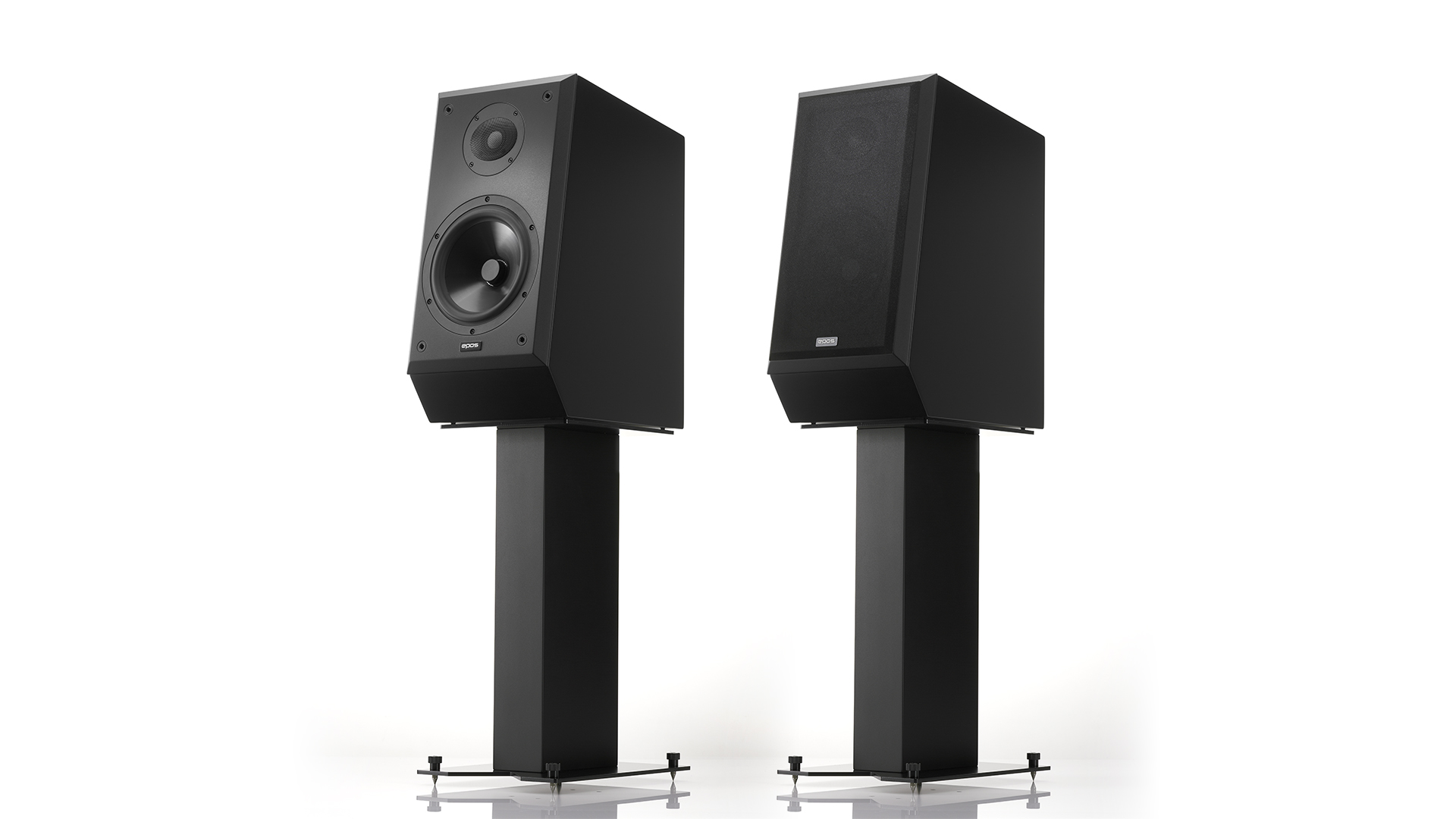
Any metal dome tweeter naturally has a strong resonance peak, and here it happens at around 30kHz. Ferrofluid is normally used to help damp things down, but Epos feels that its inclusion would affect the tweeter’s linearity and dynamics excessively. Instead, the company has chosen to deal with the resonance issue with a specially shaped damping ring and a carefully designed notch filter in the crossover. The tweeter’s motor system uses a ferrite magnet which is physically larger than the more fashionable neodymium alternative, but also means that there is more space behind the dome, so reducing compression and harmonic distortions.
The ES14N's relatively conventional crossover is a major departure from the 'simplicity first' philosophy of the older model. Epos felt it was preferable to control the new speaker's response electrically rather than by using the drive units to do the job mechanically. As a result, the crossover is a more complex affair than before. Some Epos fans may object to this departure but the proof, as always, is in the listening.
The cabinet design is also changed. Its volume is broadly the same as before, which is not a surprise given the identically-sized bass driver and the similarly intended bandwidth of the speakers. However, the new model has a sloped front baffle to help with time alignment of the drivers and reduce the build-up of internal standing waves. The sloped front baffle also gives the speakers a slightly odd look that splits opinion in the office.
The new enclosure has a double-layer MDF construction with damping glue placed in between. That sloped front baffle is glued and screwed into place to help the enclosure’s solidity. Add strategically-placed internal bracing and you have a rigid but well-controlled foundation for the drive units to work from.
There are some neat details here. The chamfering on the front panel isn’t only for show. It improves diffraction behaviour and balances the speaker’s upper-mid output over a wide dispersion area. Also, that metal dome tweeter isn’t just bolted into the cabinet in a conventional manner. Not only does it sit in a dedicated cavity inside the cabinet, but its hefty metal faceplate only touches the front panel at four points to reduce energy transfer – it is an idea credited to Roy George (the now-retired Technical Director at Naim Audio) and used with his permission.
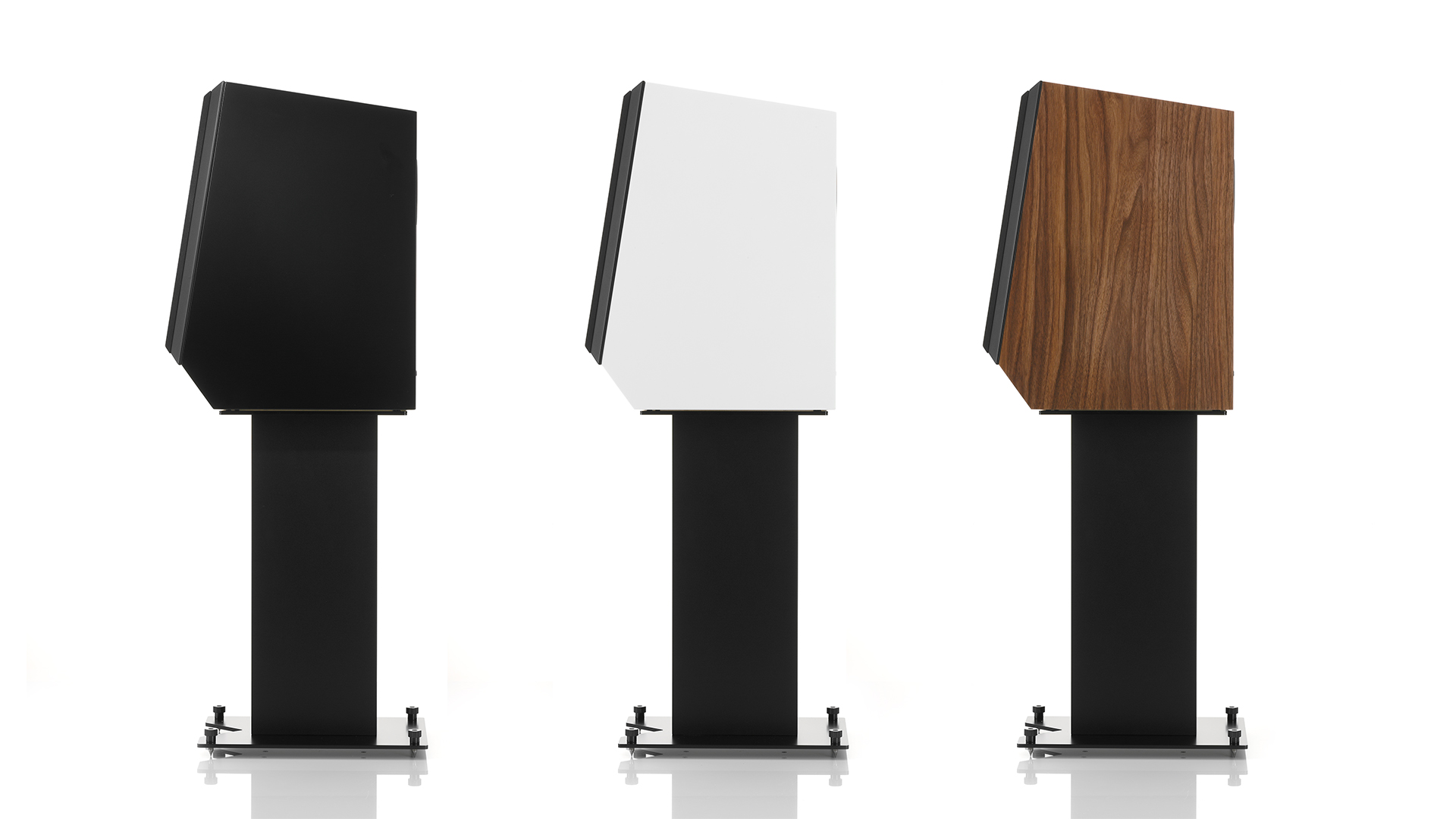
There are three finish options for the ES14N’s enclosure: walnut, white and black. While the ES14N’s distinctive proportions and functional styling may not be to all tastes, there is no denying that they are superbly built and finished.
The performance of any standmount speaker is heavily dependent on the support it is placed on. It should be clear by now that this is a carefully considered project, so it should come as no surprise that Epos has made dedicated stands for the ES14N. They are reasonably priced for this end of the market, adding £650 / $700 / AU$1300 to the cost if bought as a package with the speakers. They work well and should be considered an essential purchase, unless you already have something suitable at home.
These Epos stands have a layered wooden central column that is bonded together with the same damping glue as used in the ES14N’s cabinet. The top steel plate is double-layered with Bitumen damping in the middle, while the base is a larger single steel plate that accommodates a quartet of heavy-duty spikes. We have no problems with the general build of the stand, but the allen bolts that put it together and secure the speakers on the top plate aren’t of good enough quality. They round off easily, and we’d be tempted to replace them with something sturdier.
Compatibility
Any speaker at this level demands a top class system. The bulk of our testing is carried out with our usual reference set-up of Naim ND555/555 PS DR music streamer, Technics SL-1000R/Kiseki Purpleheart record player and Burmester 088/911 Mk III amplifier. However, given the Epos’s price, it also makes sense to try it with more price-compatible amplification, so we also use Rega’s Aethos and Naim’s SuperNait 3 during our listening.
Things are pretty fuss-free when it comes to positioning. While their bass is controlled enough to allow a close-to-wall placement, we prefer the ES14N’s balance when they are positioned around 90cm from the rear wall. Doing this makes the most of their spacious stereo imaging and improves low-end definition. We would suggest keeping them well away from side walls, if you can, and gently angling them towards the listening position. Don’t go too extreme here, otherwise the soundstage becomes congested.
Sound
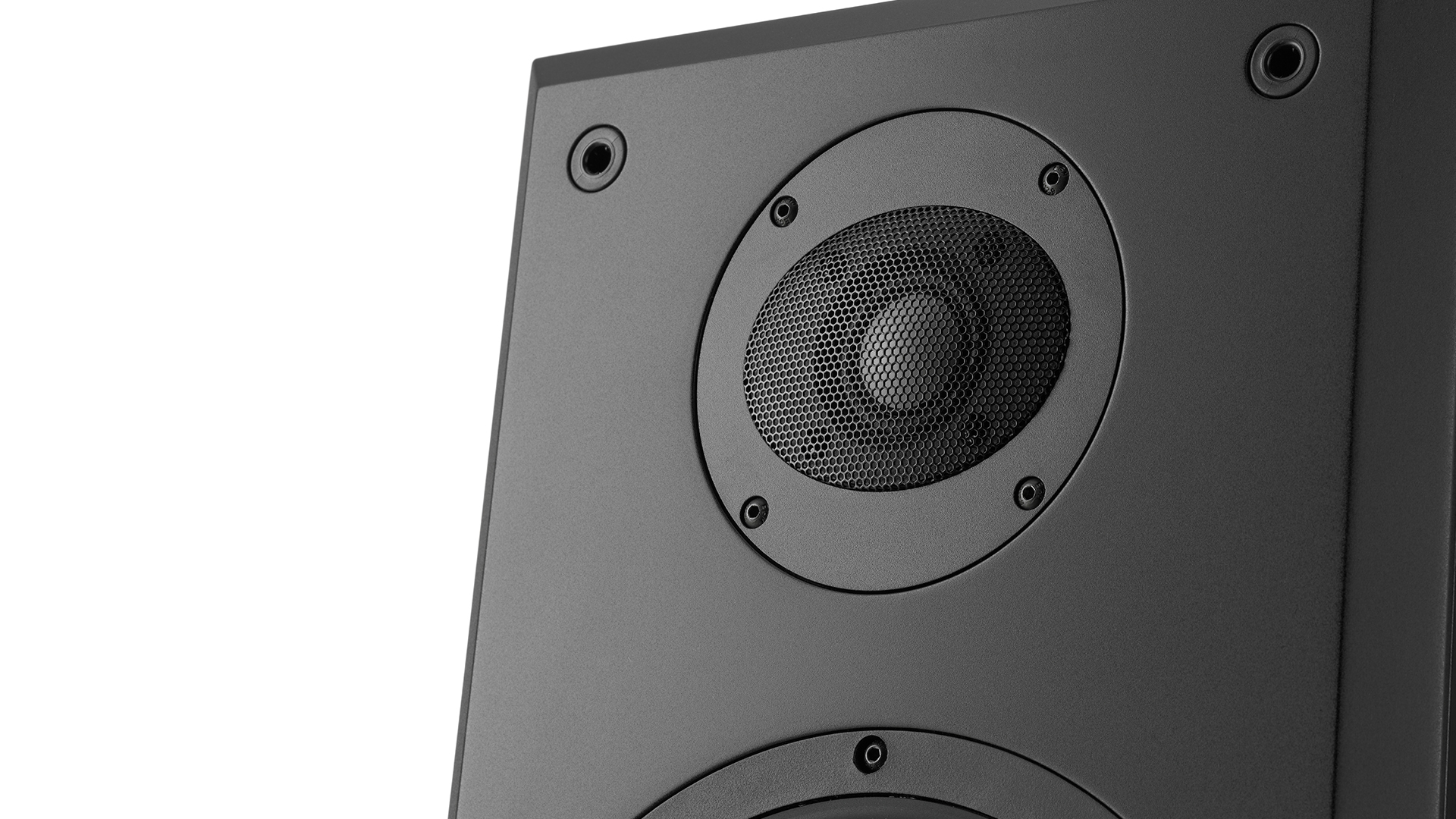
For us, the ES14N prove something of a slow burner. It doesn’t take long to recognise their impressive clarity and precision, but our initial listening is marred by the treble being a little disjointed and thin, while overall dynamics come across as a little restrained. Thankfully this impression changes over time as the speakers settle into sounding wonderfully cohesive and balanced. That treble soon calms and integrates beautifully with the midrange, delivering as seamless a performance as we’ve heard at this level. Dynamics gain considerably in expression too.
These standmounters major in analysis, control and organisation. Give them a dense recording like Stravinsky’s The Rite of Spring and they dig deep into the production, revealing low-level instrumental strands and dynamic nuances many rivals would ignore.
The ES14N are bold and confident sounding, refusing to get flustered even with music as complex as this. Push volume levels and they stay composed. Play quietly and they remain persuasive. Sounding good at low levels is a rare talent, but one that we appreciate. There are always going to be times when you can’t listen to music as loudly as you would like and these Epos don’t penalise you for that.
We’re impressed by the ES14N’s wide-ranging dynamics and ability to deliver the symphony with authority. Few rivals manage as much. When set up with care, they project a large and expansive soundstage and pack it with precisely focused and layered instruments. The Epos’s stereo stability is unquestionable, even when the music becomes demanding.
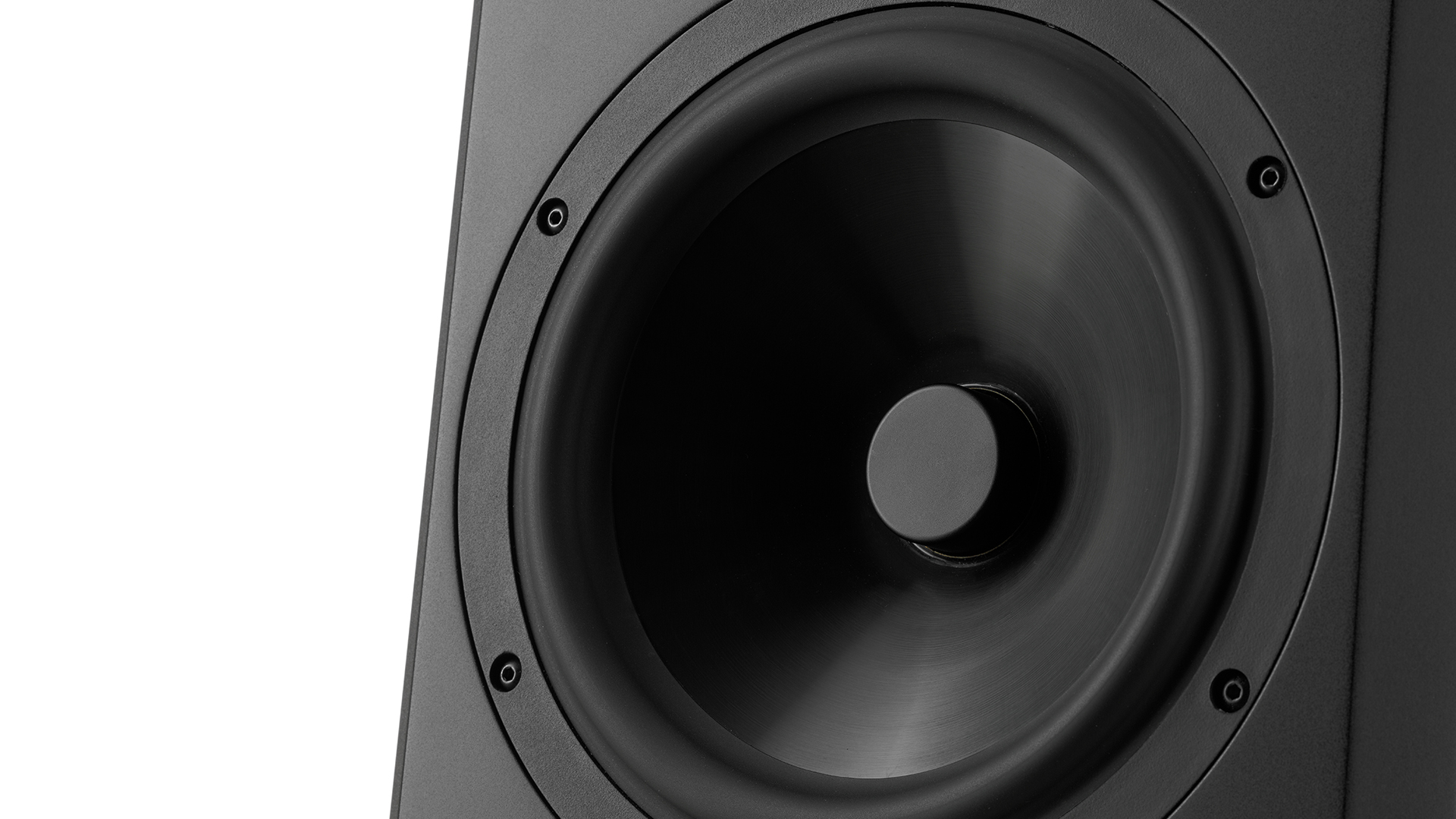
There is a good amount of bass on offer, and it is nicely blended with the rest of the frequency range. It's not unusual for designers of high-end standmounters to aim for huge quantities of bass in a bid to impress. The downside is often a lack of balance and low-end articulation. The ES14N’s sensible approach means that it doesn’t suffer from either of these things.
We switch to Massive Attack’s Heligoland set and these Epos continue to shine. They’re crisp and clear with this music, delivering plenty in the way of punch and agility when it demands. We love the ES14N’s open and articulate midrange and the natural way they render vocals.
In an ideal world, we’d like just a bit more in terms of rhythmic drive. The original Epos designs were considered exceptional in this regard (at the time), but these new ones are more accurately described as surefooted rather than enthusiastic. Is it a problem? We don’t think so. Music is still exciting and we find ourselves listening to the whole of our test tracks rather than skipping half way through, which is always a good sign.
We listen to a wide range of music during our time with the ES14N and they never let us down. There is enough grit to satisfy with Nirvana and plenty of sophistication and subtlety when we settle for an evening with Arvo Pärt (the wonderful Litany and Tabula Rasa albums, in case you wondered). The Epos’s refinement comes to the fore with Tabula Rasa, which can often sound screechy, but not here.
Verdict
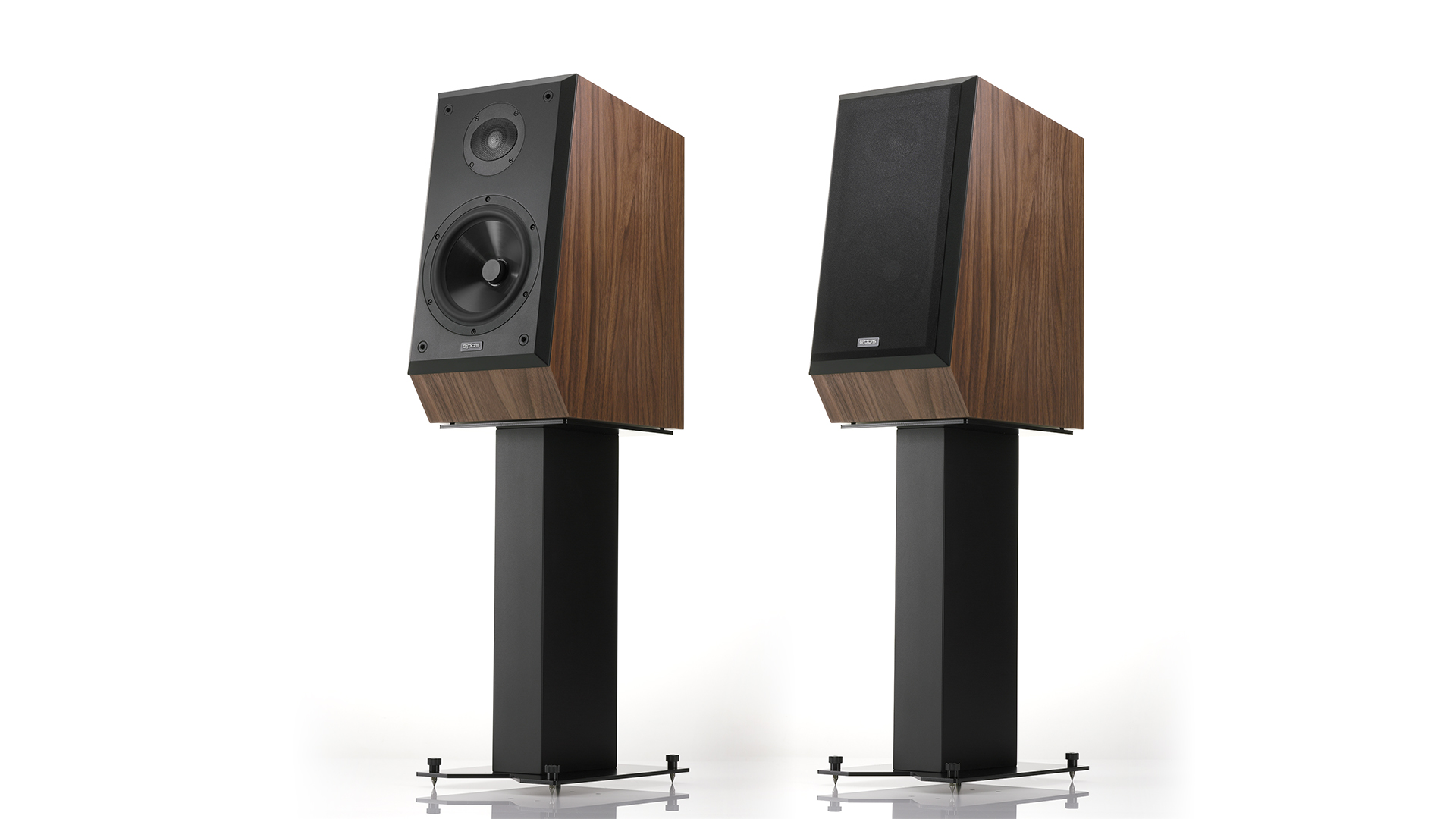
It is always hard to judge when manufacturers bring back a famous old name. Nostalgia rules in such circumstances and there will always be those who prefer the original. In the dim and distant past, we actually owned a pair of the original Epos ES14, and loved them. We can tell you that the new ones are quite different in many ways and considerably better all-round, just as they should be given the higher price and progress made in speaker design over the decades.
In our view, it is how these speakers compare with current rivals that matters most. In this respect, the ES14N ace things. They are beautifully balanced and insightful, delivering an all-round performance that we haven’t heard bettered at the money. Welcome back, Epos.
SCORES
- Sound 5
- Build 5
- Compatibility 5
MORE:
Read our review of the Dynaudio Contour 20i
Also consider the JBL L100 Classic
Read our Mission 770 review
How is an iconic speaker resurrected for the 21st century? We asked JBL, Wharfedale and more
Best speakers: budget to premium stereo speakers
What Hi-Fi?, founded in 1976, is the world's leading independent guide to buying and owning hi-fi and home entertainment products. Our comprehensive tests help you buy the very best for your money, with our advice sections giving you step-by-step information on how to get even more from your music and movies. Everything is tested by our dedicated team of in-house reviewers in our custom-built test rooms in London, Reading and Bath. Our coveted five-star rating and Awards are recognised all over the world as the ultimate seal of approval, so you can buy with absolute confidence.

